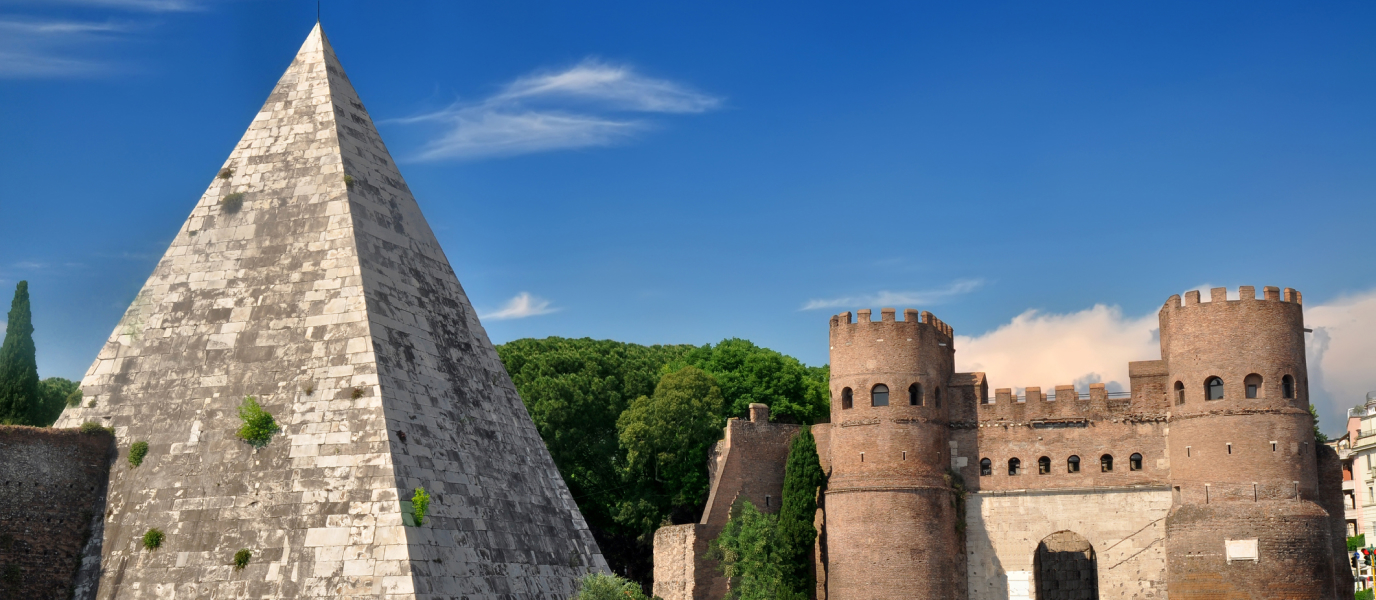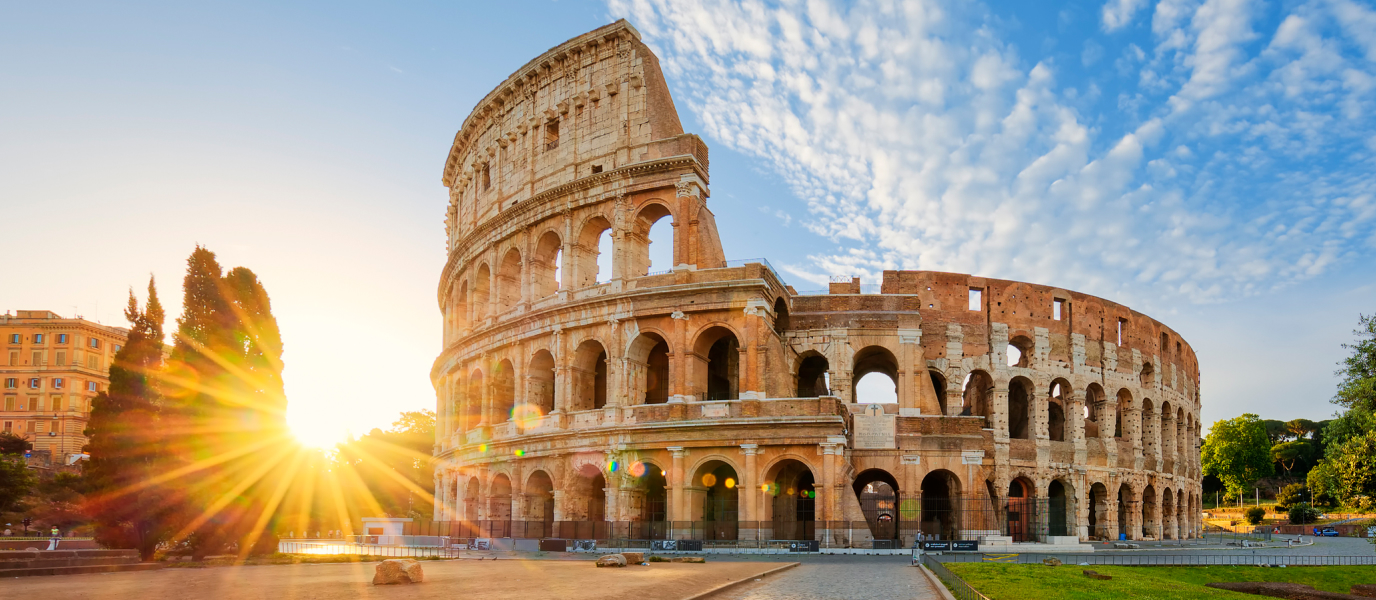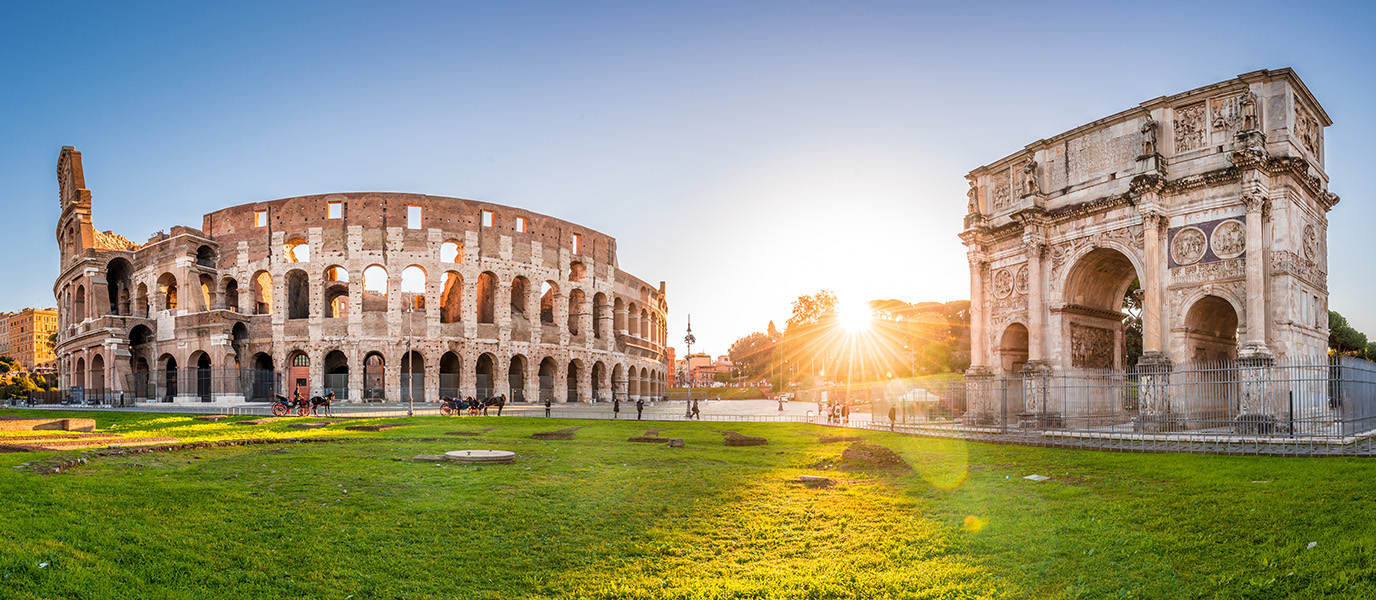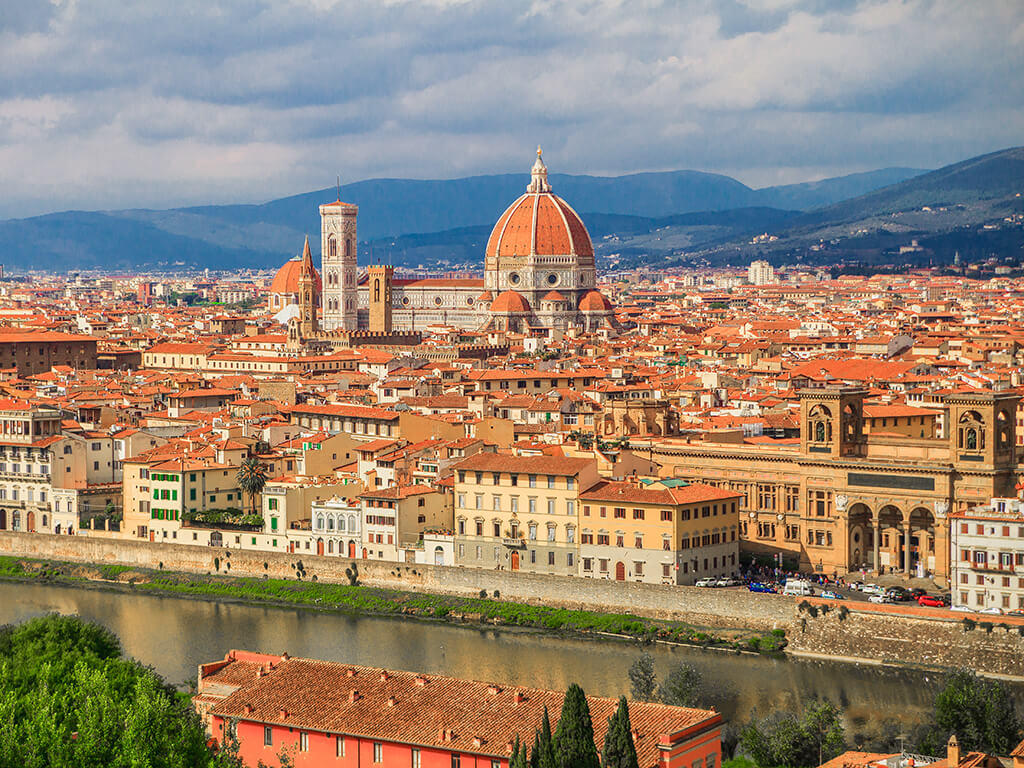The visitor to Rome will no doubt be amazed at the plethora of ancient Egyptian obelisks on display across the city but they will only find one pyramid. The Pyramid of Cestius is not only one of the best examples of ancient Egyptian culture’s influence on the Roman Empire but it is also one of the best-preserved buildings from the Imperial Period in general. It was built around 2000 years ago as a mausoleum for the magistrate and priest Caius Cestius and his family. It also played an important part in protecting the city from marauding tribes since it was incorporated into the Aurealian walls as a bastion when Rome grew. This rare gem was recently renovated and opened to the public in 2016, so it is well worth a visit.
A pyramid in Rome built in just 330 days
There was a time when all things Egyptian were fashionable in ancient Rome. After Augustus conquered the country, many cultural and artistic influences from all over Africa flowed through Egypt into Rome and the Romans transported many of the monuments they liked best to their homeland. Among these were many obelisks, which were used to decorate forums and circuses, such as the Lateranense and the Flaminio, which used to adorn the Circus Maximus but which can be found today in the Piazzas of San Juan de Letrán y Del Popolo respectively. Romans accepted and appropriated everything that came out of Egypt with gusto at this time.
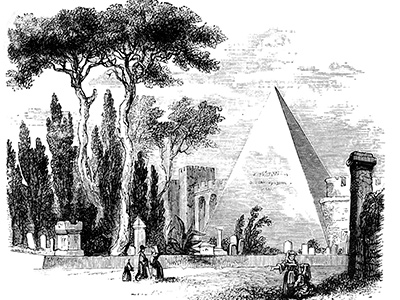
It is in this context that Caius Cestius, politician, praetor and priest, left orders in his will to bury him in a mausoleum built in the style of the Egyptians. What is more, in order for his descendants to receive their inheritance, they had to ensure that construction was completed within 330 days of his death.
And so, they did. Between the years 18 and 12 BC they built a pyramid approximately 30 square metres at the base and 36 metres high out of brick and then covered it in white Carrara marble. On the sides, Cestius’ descendants inscribed the exact words of his will so that modern historians have no problem corroborating this colourful story. On the inside is the funerary room, a barrel-vault room which, in its day, was replete with frescos some of which can still be seen today.
Contrary to popular belief, the design of the pyramid of Cestius was not actually based on the most famous pyramids of Giza. The sharp angles of the sides, rising into a severe point at the top show that its design owes more to the pyramids of Nubia than those of Egypt but their cultures were probably merged in the minds of Romans at the time.
From a mausoleum … to a protective wall
The pyramid of Cestius is also a testament to the incredible growth of the Roman empire during the first two centuries AD. In ancient Rome there was a law stating that graves and mausoleums were prohibited from being built within the city walls, however, by the 3rd century AD the labyrinthine streets of Rome had stretched so far from the original centre that they soon surrounded Cestius’ mausoleum. With the threat of marauding ‘barbarian’ tribes, the emperor Aurelian ordered that the pyramid be integrated into city walls as a corner bastion to protect the citizens within.
It is probably thanks to this curious ‘integration’ (which can still be seen today since the pyramid is still part of the remains of the Aurelian wall near the San Paolo Gate,) that the pyramid has survived in such good condition. In fact, it is believed that Cestius was not alone in ordering his body be buried in a pyramid and that there were as many as four pyramids originally, all of which have been demolished over the years.
The rediscovery of the pyramid of Cestius
On the other hand, the integration of the pyramid into the Aurelian walls actually caused it to lose much of its lustre both physically and in the minds of the people who lived around it. It was not until the excavations ordered by Pope Alexander VII in 1660 that the inscriptions of Cestius’ will were finally revealed and the story of Cestius and his pyramid was once again celebrated in Rome. Archaeologists of the day also managed to unearth many of the columns and sculptures that once surrounded the pyramid and these can be found in the Capitoline Museums, (Link: Capitoline Museums) today. These discoveries placed the pyramid at front and centre of popular imagination and became a source of inspiration for the other pyramids that were built across western Europe between the 18th and 19th centuries.
Today, the pyramid of Cestius is having somewhat of a ‘second wind’ thanks to a Japanese textile magnate. Over the centuries, the pyramid once again fell into disrepair and fell out of favour with the majority of Rome’s tourists. Then, Yuzo Yagi donated 2.7 million euros to the restoration of the pyramid as a gift to Italy for its help in the growth of his business. This money was used to restore the brilliant marble façade and to prepare the inner sanctum for visitors. Thanks to this restoration effort, the once forgotten and inaccessible pyramid has been open to the public since 2016.





























































